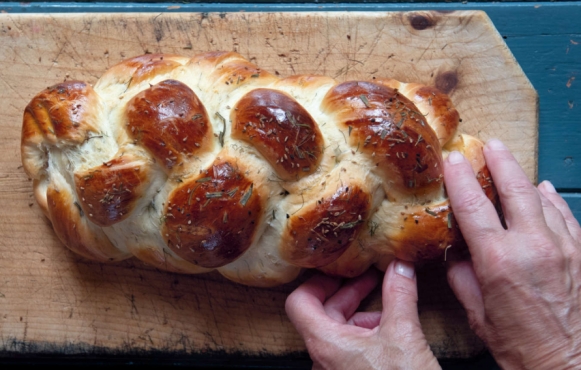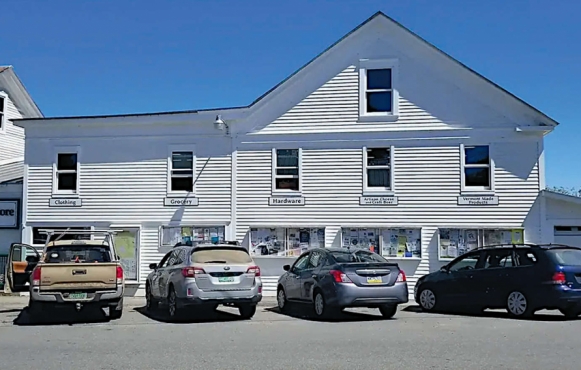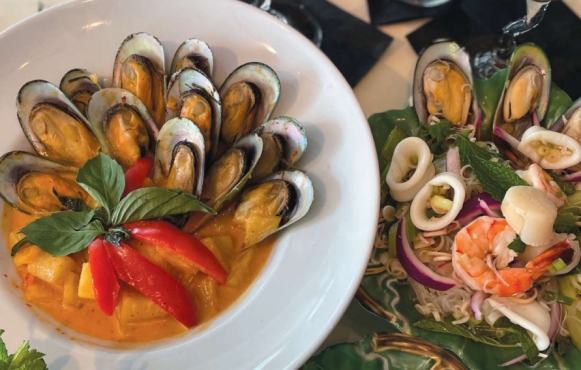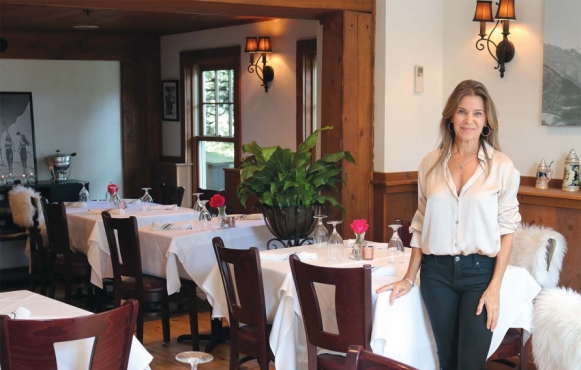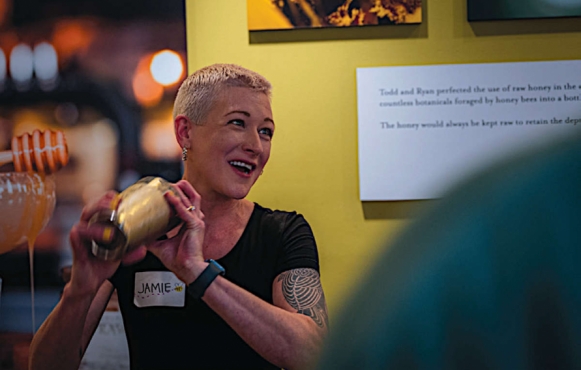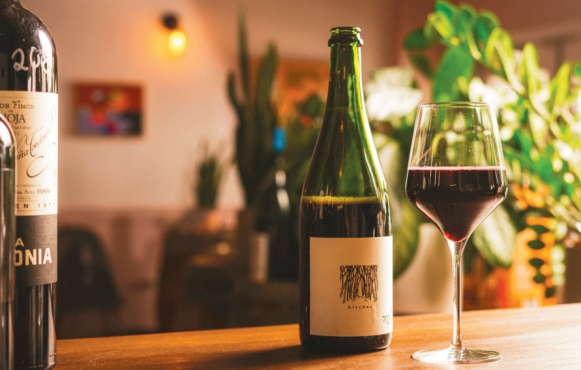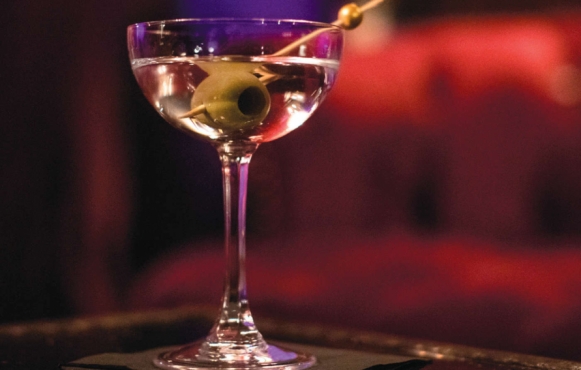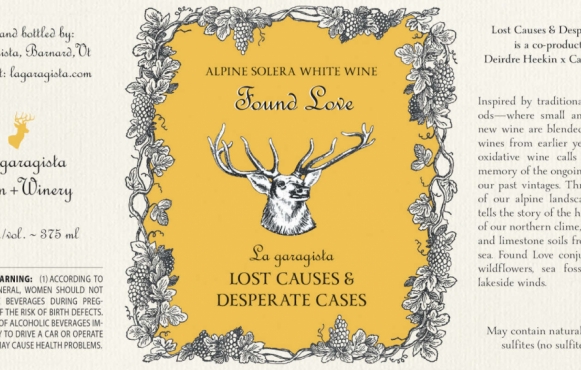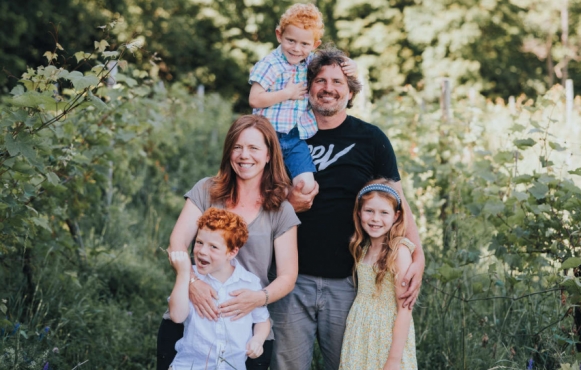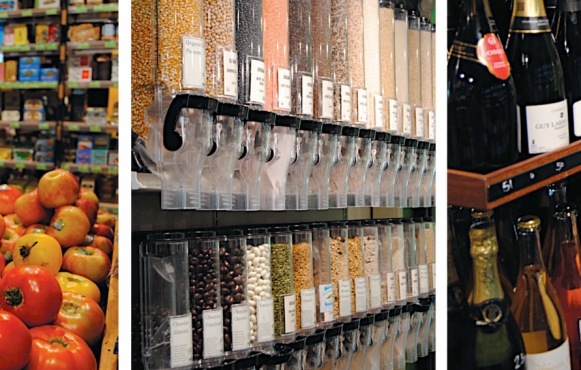In Issue #17: Fall 2024

FROM THE PUBLISHER
As we wind down this last quarter of 2024, the words I use to describe this issue include tradition, innovation, collaboration, and drive.
I recall that during covid, which immediately followed my purchase of this publication, I volunteered at a CSA and was surprised by the number of women/young moms who dropped off their produce and products. So, with that etched in my early experience, every so often we do an issue largely highlighting women’s accomplishments in the food, beverage, and farming sectors.
In Edible Reads, Maria has the great honor of being able to kibitz with the incomparable Joan Nathan, the foremost authority on Jewish culinary traditions.
In Edible Voices and Crushing It, Maria shares the stories and the spirit of collaboration that is forging the growth of a Vermont industry: creating natural wines and ciders from a wide variety of cold-climate fruits. The women behind Eden Specialty Ciders, Shelburne Vineyard, Iapetus Wines, La Garagista, La Montañuela, and Ellison Estate Vineyard represent innovation, patience, and grit.
The diverse backgrounds, heritages, and religions represented in What’s Cooking include Nong Compupong of Thai Basil and the newly opened Nong’s Kitchen; Susan Motyl-Smith of Alpenglow Bistro; and Leslie McCrorey Wells of Pizzeria Verità, Trattoria Delia, and Sotto Enoteca.
In Raising the Bar, the women at Au Comptoir, Salt & Bubbles Wine Bar and Market, and The 126 have created environments that are nurturing, unpretentious, and oh so innovative. And thank you, Barr Hill, for sharing stories of the innovators who participated in the second annual Royal Jelly Cocktail Competition.
And, slightly on the other end of the spectrum, we pay homage to the passionate owners of Vermont’s general stores who every. single. day support their communities by providing everything from delicious homemade comfort fare to fishing tackle and motor oil! Their mottos include “If we don’t have it, you don’t need it” and, in times of trouble, “We Can Do This.” Thank you, Jericho Center Country Store, Putney General Store, and The Willey’s Store for being the stewards of these establishments with nostalgia and authenticity.
A special shout-out to Edie and Willa at Odd Crocodile Creative whose creative genius made my cover inspiration come to life.
To our readers, contributors, and advertising partners, we wish you a fruitful fall and a very happy, healthy, prosperous holiday season.
Marcia Lissak
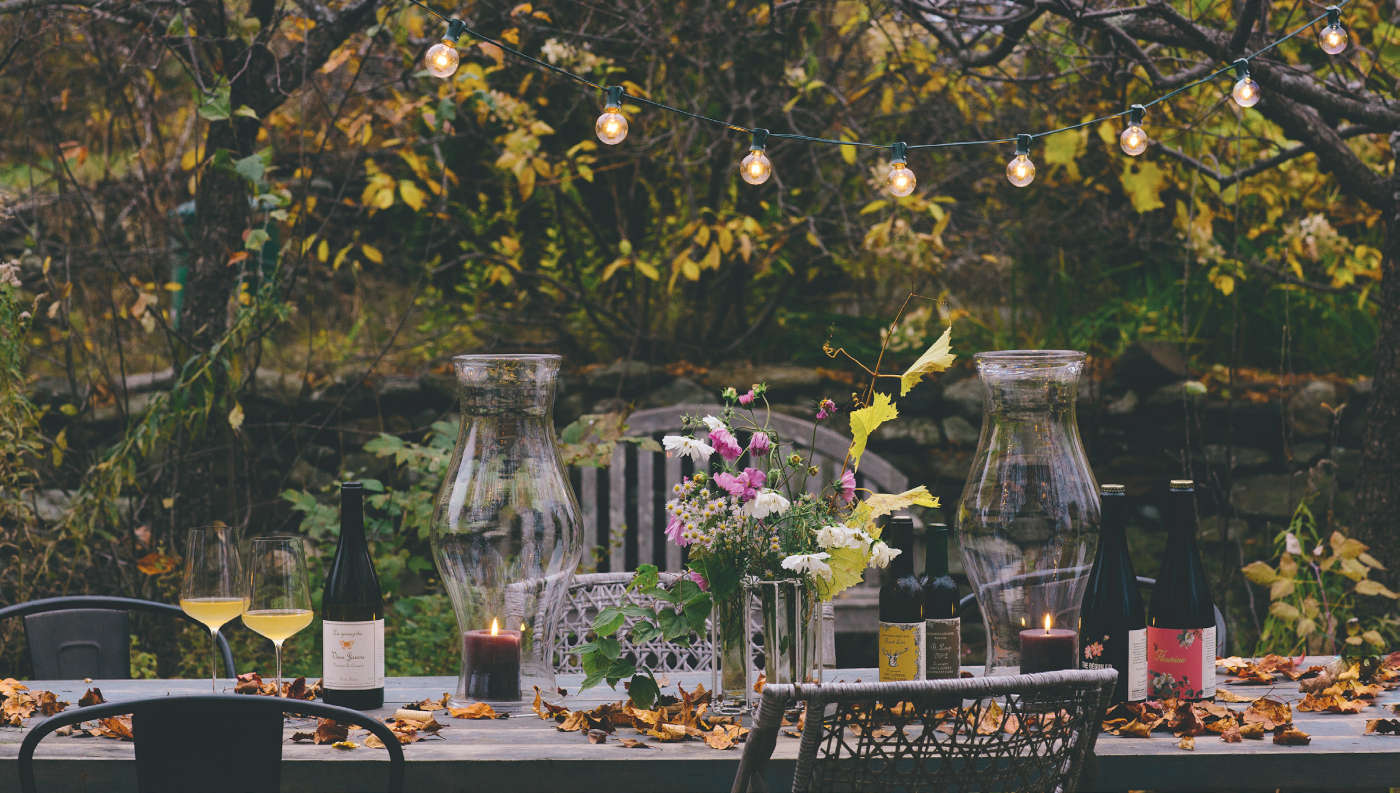
KATIE LENHART PHOTOGRAPHY
FROM THE MANAGING EDITOR
This tradition of noncommercial winemaking quietly thrives across Vermont, our country, and the rest of the world.
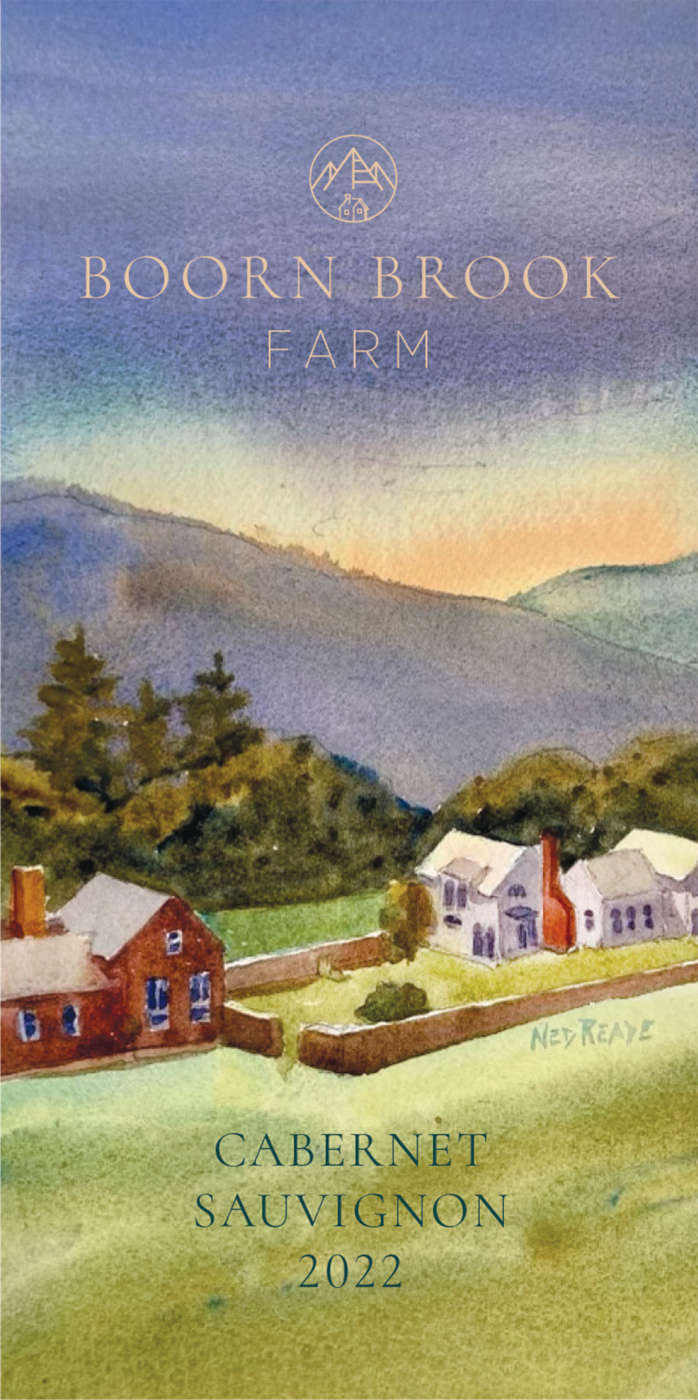 Making wine is a labor of love driven by passion shared with friends. Earlier in the summer, I had the honor of spending time with four women—Deirdre Heekin, Kendra Knapik, Camila Carrillo, and Eleanor Leger—who are producing remarkable wines from Vermontgrown grapes and apples. Several of them transitioned from other careers to pursue their craft, dedicating themselves entirely to raising their fruit and learning how to make their wines. Their determination and focus inspired me to try something new as well.
Making wine is a labor of love driven by passion shared with friends. Earlier in the summer, I had the honor of spending time with four women—Deirdre Heekin, Kendra Knapik, Camila Carrillo, and Eleanor Leger—who are producing remarkable wines from Vermontgrown grapes and apples. Several of them transitioned from other careers to pursue their craft, dedicating themselves entirely to raising their fruit and learning how to make their wines. Their determination and focus inspired me to try something new as well.
As this magazine headed into layout, I was invited to help my dear friends at Boorn Brook Farm in Manchester blend and bottle their 2023 vintage. Last fall, the gang of four principals there had pressed and fermented grapes into juice that filled five barrels. Throughout the year, they tasted and assessed the wine as it evolved until they deemed the single varietals were ready. In mid-August, a small group of us gathered at the farm for a blind taste-testing of their initial blends. Encouraged to take notes and to share our unvarnished opinions, we took our jobs seriously, swirling sniffing swishing, chewing and tasting, and offering our observations. Based on our collective input, the winemaking team made final decisions and tweaked their blends that would constitute the seven wines of the 2024 cuvee.
The next morning, I descended into the cool, stone-walled wine cellar with the other team members, settled onto an overturned 5-gallon bucket and, over the course of nine hours, proceeded to transfer approximately 250 gallons of wine into 1,246 bottles. Each one of us had a specific task: blender, bottler, corker, case filler and stacker, troubleshooter. My husband even had a role: he created the watercolor that serves as the label. It was an honor to be part of this process, to partake in the ancient and joyful tradition that starts with crushed grapes fermented into juice lovingly transformed into wine.
The bottles we filled will never be for sale, only shared with family and friends. This tradition of noncommercial winemaking quietly thrives across Vermont, our country, and the rest of the world. As I climbed into my truck at the end of that long and productive day, I looked down at my right hand and laughed when I saw it was stained deep purple. A badge of honor that reflected the love that infuses the bottles stowed in the stone-walled cellar, waiting to be enjoyed over a meal with friends.
Maria Buteux Reade


